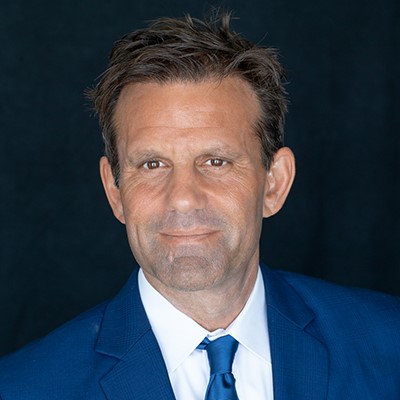Sunday was not just a beautiful day weather-wise for most of the country but it was also a great day to watch a solar eclipse. Jay Anderson, an expert on eclipses from Canada, viewed the eclipse from the Chaco Canyon of New Mexico. He wrote that the previous time he traveled to the United States to watch a solar eclipse it was “characterized by warnings not to watch and descriptions of the dangers of looking at the Sun, despite the fact that we all do it on occasion.”
“This one, being on a Sunday when schools could not intervene with their overly protective attitude, got the whole countryside watching, and the general message seems to have been to go out and enjoy the spectacle, with proper eye protection. It’s a good message to carry forward, with a major total eclipse coming to the U.S. in five more years,” Anderson said in an interview with the Los Angeles Times.
Anderson said that the skies were clear where he watched.
“That change in the lighting is very familiar to me (I’ve seen more than 20 eclipses), and it lends a kind of other-wordly feeling to the environment that seems to be signalling that something is afoot. It’s not ominous, but I can imagine that unsophisticated societies, unaware of an eclipse, would be drawn to looking upward because the landscape had adopted that strange illumination,” Anderson said.
“We had fun making crescent suns for the kids by interlacing our fingers to create pinhole images on the ground, and showing them the gradually encroaching Moon. I passed out lots of eclipse glasses and filter material for cameras, and the whole mood was one of good company and camaraderie,” he said. “I had a good time, watched the Sun set behind the hills while still a crescent, introduced a few more people to the magic of celestial geometry, and took a few photos for my memories. A good day.”
The next eclipse on the calendar for the United States comes in 2014 and it will be a partial solar eclipse for the western part of the country. It is slated for October 23. The best views will be in Alaska, Western Canada, and the northern edge of the United States from Washington to Wisconsin. During this eclipse, close to 60 percent of the sun’s diameter will be blocked by the moon.
The next major eclipse is schedule for 2017, which should be a total solar eclipse. Some people are predicting this one to be better than the one seen on Sunday night. This eclipse is scheduled for August 21 and will be seen in the Great Smoky Mountains National Park, Oregon, Wyoming, Idaho, northeastern Kansas, Nebraska, southern Illinois, Missouri, Tennessee, western Kentucky and South Carolina.









































